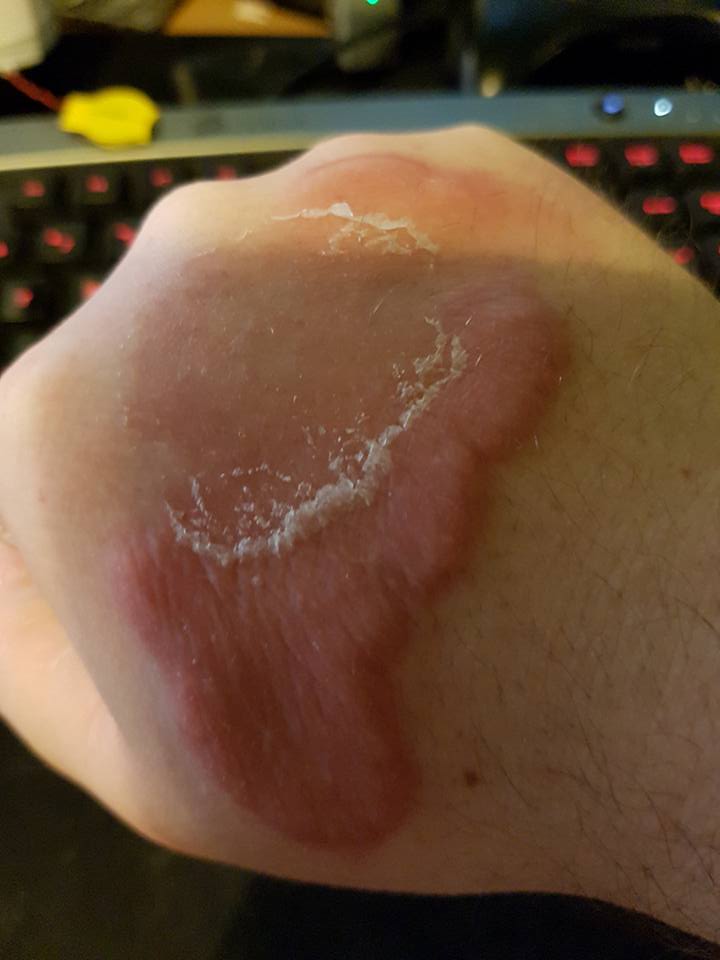Erythema Elevatum Diutinum

Erythema elevatum diutinum (EED) is a distinctive form of chronic cutaneous vasculitis, belonging to the group of the neutrophilic dermatoses.
Epidemiology
It is very rare, although the exact prevalence is unknown.
Clinical description
The disease manifests as chronic, red to purple papules, located mainly on the dorsal aspect of the main joints (knees, elbows, hands and feet). Acute lesions may appear bullous, necrotic or hemorrhagic. Older lesions are yellowish or brown.
Etiology
EED is not an inherited disease and the exact aetiology remains unknown. EED is a reactive process, which may occur in isolation or in the context of an inflammatory or systemic disease, or in association with blood abnormalities (gammopathies) or infections (including HIV infection).
Diagnostic methods
Diagnosis is made on the basis of the clinical presentation and after histological analysis of skin biopsies by a dermatopathologist.
Differential diagnosis
EED should be distinguished from other types of papular or nodular dermatoses, as well as fibrous tumors and xanthomas.
Management and treatment
Management includes a complete clinical examination by a dermatologist, together with screening for infections, digestive disorders, and gammopathies (serum electrophoresis). Dapsone is the first line of treatment for EED. Treatment must be monitored clinically and by blood examination. In cases were dapsone is inefficient or poorly tolerated, other drugs may provide an effective treatment.
Prognosis
Although EED is a chronic condition, it is usually sensitive to treatment and the prognosis is good.